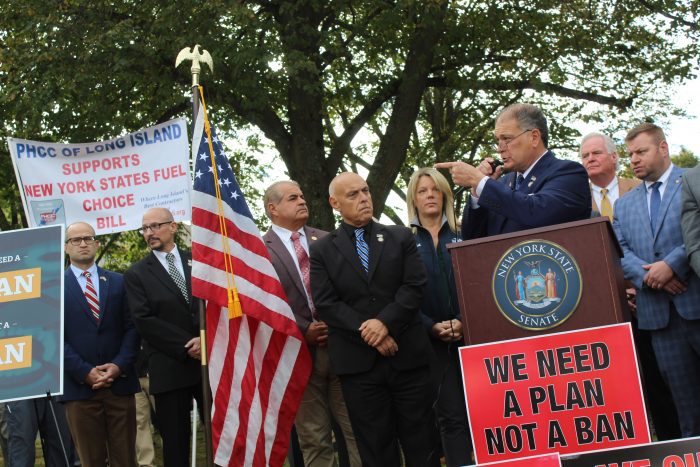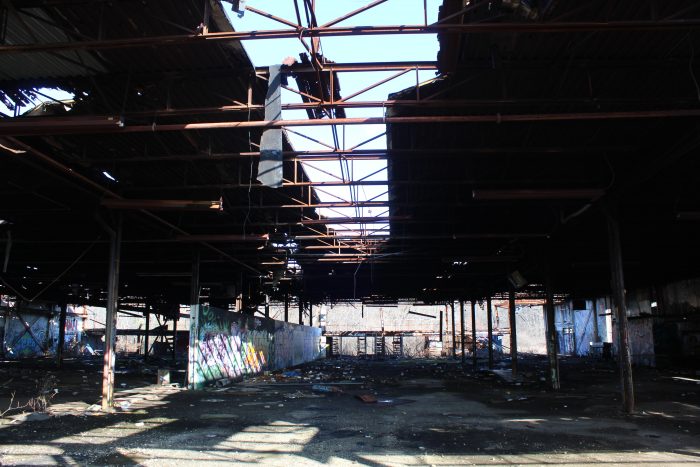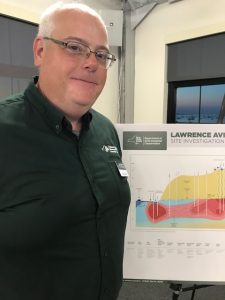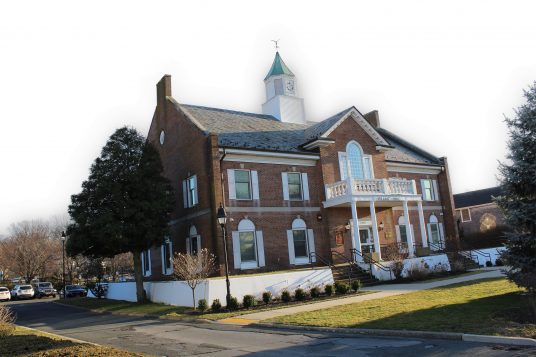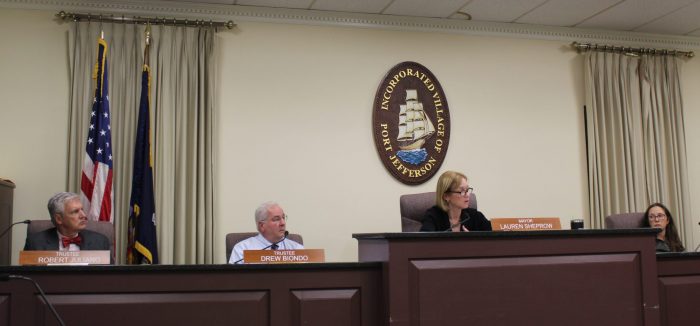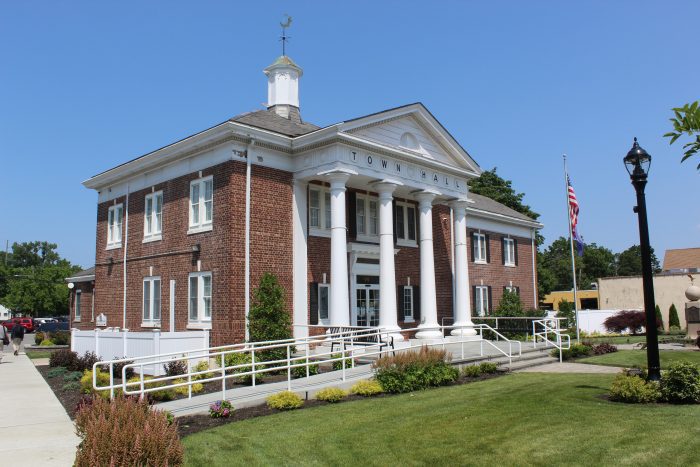The Village of Port Jefferson Board of Trustees is weighing sweeping changes to Chapter 41 of the Village Code, which handles ethics. This was one of the items considered at the Oct. 16 business meeting.
The village’s ethics counsel, Steven Leventhal, is preparing a draft for revisions to the ethics code, to be presented during a scheduled public hearing in just over a month.
Trustee Drew Biondo outlined some reasons for revising the Code of Ethics, including the possible formation of a board of ethics.
“I think the whole purpose of this is to form a body, so that you have a board in place that can hear complaints, concerns, and then issue an opinion — founded or unfounded,” he said.
Mayor Lauren Sheprow said the envisioned ethics board would assist the village government by issuing advisory opinions for ethically complicated matters, such as determinations of possible conflicts of interest.
To resolve ethical dilemmas, “the board would consider the law, the case law, the ethics laws and make a decision,” the mayor added.
Deputy Mayor Rebecca Kassay inquired about powers to be conferred upon the proposed board of ethics, maintaining that municipal boards — such as the Planning Board or Zoning Board of Appeals — generally exercise greater latitude than advisory committees with decisions that are potentially legally binding.
“In my tenure here, boards are always looked at as much weightier” as “their decisions could then lead to lawsuits,” she said.
Kassay suggested forming an ethics committee, functioning similarly to other advisory committees to the village board, with the potential for upgrading that body into a board, noting, “While you’re working the kinks out, the stakes are a little bit lower as far as the decisions coming out of that body.”
Responding to these concerns, village attorney David Moran said the ethics board would function as an advisory body to the Board of Trustees, which would retain final authority to advance ethical controversies to outside agencies.
“They shouldn’t have the authority to send anything out to another agency, absent the approval of” the Board of Trustees, Moran said, adding that any other scheme would invest “way too much power” in the hands of private citizens appointed to the ethics board.
The board voted unanimously to advance the proposed ethics code changes for a public hearing Monday, Nov. 20. A draft of the proposed code amendment will be made available to the public seven to 10 days before the public hearing.
Resolutions
The board adopted an add-on resolution awarding a bid of $248,907 to Connecticut-based F&F Concrete to perform reconstruction of the Harborfront Park walkways. Over a third of this project is subsidized by grant money.
“This is critical timewise,” said village clerk Sylvia Pirillo. “We need to complete the work and pay for it and have proof of payment submitted so that we don’t lose our grant funding — all by the end of the year.”
The walkway reconstruction will take approximately five to six weeks, with administration officials targeting the first week of December for completion.
“There will be a lot of communication needs for what we’re doing with the farmers market and the closing off of the walkways,” Sheprow said.
The board also adopted a resolution to raise membership rates at the Port Jefferson Country Club. These rate increases were recommended by PJCC general manager Tom Natola and the Country Club Management Advisory Council.
Reports
Sheprow publicly thanked the Port Jefferson Business Improvement District for assisting the village in its holiday lighting expenses through a $5,000 contribution.
Kassay reported on a recent grant from PSEG Long Island for trees in PJV. She said the Conservation Advisory Council is exploring possible recommendations to the village board on potentially scaling back the use of gas-powered leaf blowers and other landscaping equipment, citing the issue of noise coupled with related environmental and health effects from the chemical exhausts.
Kassay maintained that the proposal would not ban the use of the equipment altogether but aims to reduce their use villagewide.
She also encouraged village residents to register for the various volunteer committees through portjeff.com/volunteer.
Following a recent Saturday sit-down event, trustee Bob Juliano conveyed several sentiments and recommendations from village residents, including concerns over the parking pilot program for Belle Terre residents, “the proliferation of apartments as opposed to condos in the village” and a question over the order of reports during public meetings.
Trustee Stan Loucks advised those who have not yet removed their vessels from the village kayak racks to do so by the end of November.
To watch the entire meeting, see the video above.

